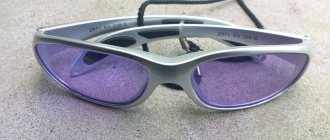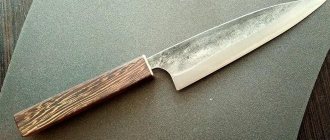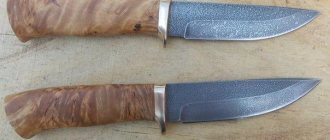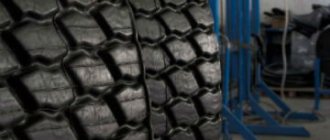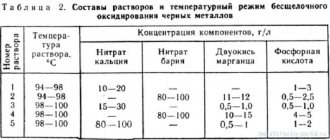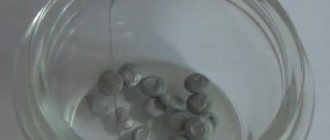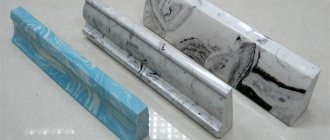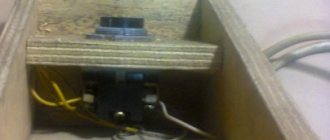Where is homemade polymer used?
This material is used in almost every area of human life - for household purposes, in construction, manufacturing, medicine. Silicone has earned popularity due to its characteristics that are not available in analogues. The substance helps reduce or increase adhesion processes and add hydrophobicity to the object.
The substance retains its basic properties even in extreme conditions - at high, low temperatures, and high humidity. The following qualities of the material should be noted:
- bioinertness;
- good elasticity;
- long operating time;
- environmental friendliness.
In industry, liquids and silicone emulsions are good anti-adhesive lubricants, which are used for large-sized molds, the manufacture of lubricants, cooling, shock-absorbing compounds, and sealants. Silicone defoamers are very popular.
Silicone is used to create bushings, gaskets, rings, cuffs, plugs, as well as other special parts that can be used at temperatures from minus 60 to plus 200 degrees.
A few more qualities inherent in the composition are resistance to:
- radiation;
- sea water;
- sun rays;
- alcohol;
- alkalis, acids;
- boiling water;
- mineral oils;
- electrical discharges.
Silicones are available for sale in a wide range, but some craftsmen prefer to make them themselves. This allows you to cut costs and express your creativity.
Making your own silicone can be done using several methods. But the resulting substance is not identical in properties to the purchased one. Homemade mixtures are inferior in quality to factory samples, and can only be used at home.
Conditions of education
We teach artistic ceramics in Moscow 6 days a week from Monday to Saturday according to the selected schedule
You can apply for training at any convenient time on our website, but first pay attention to the conditions:
- Upon registration, you must pay 50% of the tuition fee. The remaining amount is due during the first two weeks of training.
- The duration of the basic course is 72 academic hours
. - Cost 48,000 rubles.
- Group size – up to 4 people
. - The document issued after successful completion of the basic course is a Certificate of profession “Manufacturer of ceramic art products”
with the assignment of 2-3 categories. - To register, have with you: passport, photograph 3x4 cm.
Classes take place in a workshop using pottery equipment and tools, and modern kilns. The training course for ceramic potters includes theoretical and practical parts, which are included in the plan of each lesson. During the course, each student will create decorative items, ceramic tiles and tableware using different techniques for working with clay. Mentors will pay maximum attention to technologies that are of most interest to a particular group. All work, except the thesis, will remain with the student. One of the works completed by the student during the course will be presented for defense as a thesis. Based on the results of the defense, we will issue a qualification document. For those who want to learn how to professionally manufacture a specific type of product, we organize individual and group courses at an advanced level.
Apply for training now! We will contact you, answer your questions, and sign you up for a course with a suitable training mode.
Find out the start dates of courses
Course leader and teachers
Pimenov Sergey Viktorovich
Teacher of the course “Art Ceramics”
Pimenov Sergey Viktorovich
Artist, ceramist-potter. Studied at MGHPA named after. Stroganov at the faculty of monumental and decorative painting. For 15 years he was engaged in applied design (art forging, casting, mosaic, stained glass, furniture, staircase, interior design). He worked in the production of stove tiles and wall tiles. Since 2021 she has been working with clay - pottery, modeling, decor. Teaches at the school-studio of Sergei Akentyev from (the village of Gzhel brick factory). Member of the Creative Union of Potters Alexandra Poverina.
Zvyagina Veronika Yurievna
Teacher of the course "Pottery"
Zvyagina Veronika Yurievna
Ceramic artist, potter, participant in creative exhibitions and ceramic festivals. More than 10 years of experience working with clay. 10 years teaching experience. Head of the creative project “Making” Teacher of the course “Pottery” at the Russian Academy of Crafts.
Sirbu Alexandra Nikolaevna
Teacher of the distance course "Ceramics and pottery"
Sirbu Alexandra Nikolaevna
Education: — AHPK im. V.M. Vasnetsov, majoring in decorative and applied arts, Moscow State Academy of Arts and Sciences named after. S.G. Stroganov with a degree in artistic ceramics, Institute of Problems of Contemporary Art “New Artistic Strategies”. Since 2014, she has been a regular participant in Russian and international exhibitions, a participant in international biennales, and a laureate of a number of Russian and international competitions. Since 2022, member of the International Federation of Artists and the Creative Union of Artists of Russia. Conducts theoretical and practical classes, long courses, master classes for children and adults. 7 years of teaching experience. 15 years of artistic practice experience.
How to create a matrix for casting: some tips
Before you start creating the matrix, you will need to prepare a container for subsequent work. The assembly box will simplify the process of removing the part. There should be no gaps in the container because the potting compound may leak.
Before placing the composition in a container, it is coated with a separator - a soap or greasy solution. If a matrix is required for a vertical product, it is first attached to the bottom of the container using plasticine. Then the substance is poured around. The material must be poured in a thin stream until it completely covers the figure. Then the container is hermetically sealed, you need to wait 15 minutes. As a result, the container is disassembled, and the silicone should no longer stick to your hands.
Creating a Matrix
The composition of the filling substance includes:
- hardener;
- silicone paste.
This composition makes it possible to cast any shape. But the result is not exactly silicone, but something resembling rubber.

